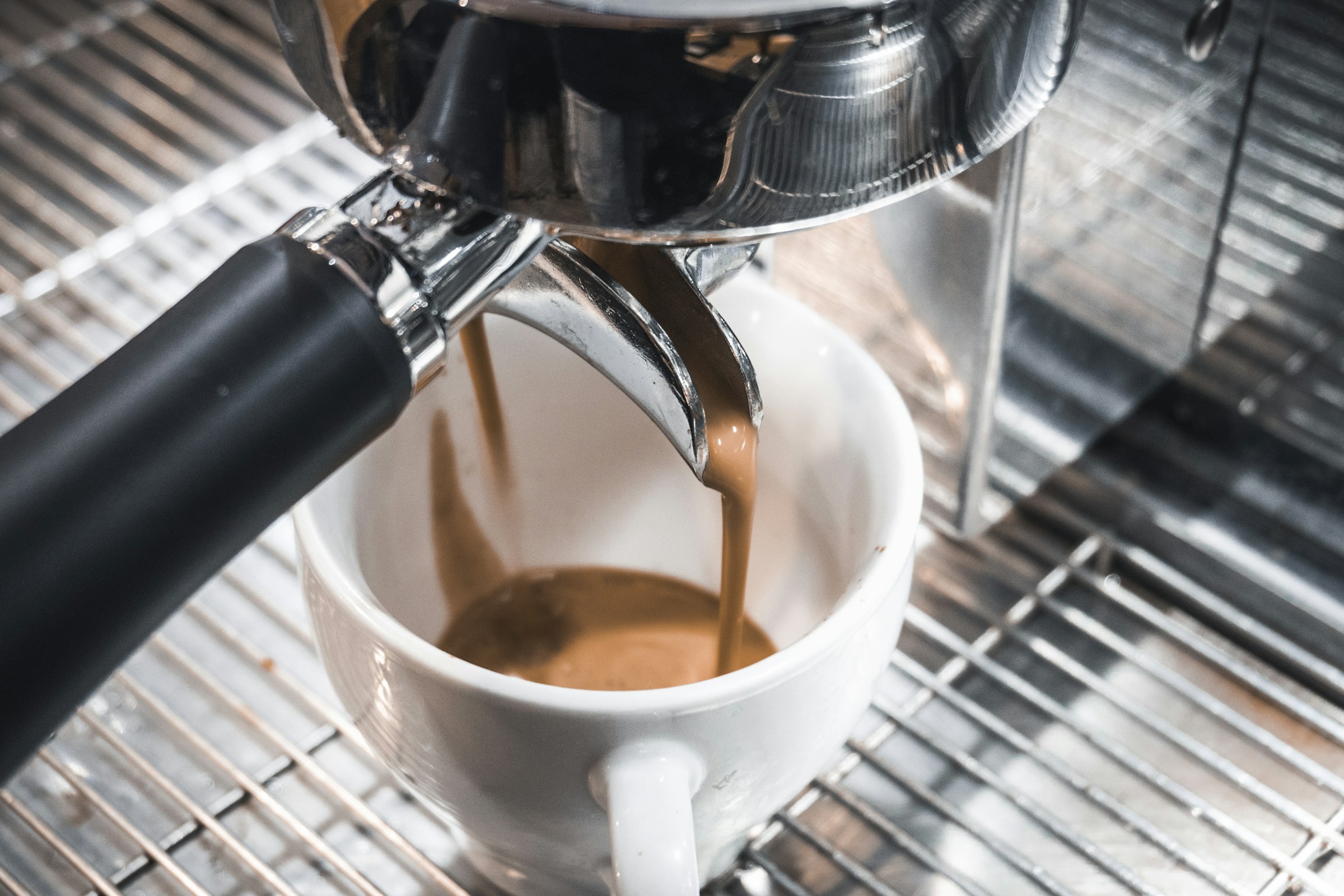In the bustling landscape of the coffee industry, the quality of your brew is only as good as the equipment you use. One crucial piece of machinery that stands front and center in this scenario is the commercial espresso machine. Installing this device in a small cafe isn’t a task to take lightly. Correct installation isn’t only imperative to delivering that perfect cup of joe; it also ensures the safety and efficiency of your operations.
Understand Your Space and Electrical Requirements
Before bringing in a brand new espresso machine, it’s essential to evaluate the space and electrical requirements of your small cafe. This preliminary assessment involves a thorough understanding of your operational needs.
Also to discover : How can interactive tabletop games enhance customer engagement in a family restaurant?
When scouting for the perfect location within your cafe, consider the workflow. Your espresso machine should be in a spot that facilitates easy movement for your baristas while also being visible and accessible to customers. Space should also be allocated for companion equipment like grinders, blenders, and milk frothers.
From an electrical standpoint, you must assess the power capacity of your location. Commercial espresso machines require higher voltage outlets. Typically, these machines need a 220-240v outlet. Always consult with a certified electrician before installing new equipment to ensure your power supply is adequate and safe. Not factoring in these electrical requirements could lead to power outages or, worse, equipment damage.
Have you seen this : What types of flooring are best for minimizing noise in an open kitchen restaurant?
Selecting the Right Machine
Once you’ve identified the appropriate location in your cafe, the process of selecting the right espresso machine commences. This choice has to consider several critical factors, including the machine type, size, and features.
In terms of type, commercial espresso machines generally come in two varieties: semi-automatic and automatic. Semi-automatic machines give baristas control over the brewing process, allowing for a more personalized touch. On the other hand, automatic machines offer consistency and ease of use, especially during peak business hours.
Size is another crucial factor that should align with your cafe’s capacity. Small cafes might not need the large, multi-group machines designed for high-volume businesses. A one or two-group machine could suffice, delivering quality without compromising on space.
Lastly, consider the features of the machine. Things like temperature control, pressure profiling, and programmable dosing can enhance the quality of your drinks and the efficiency of your service.
Training Your Baristas
The installation of a commercial espresso machine extends beyond the physical setup. To ensure optimal use and maintenance, your baristas should be adequately trained on the new equipment.
Equip your team with the knowledge and skills to operate the machine effectively. This training should encompass the basics of brewing the perfect espresso shot, adjusting grind settings, and performing regular cleaning and maintenance tasks.
Remember, the machine is only as good as the person operating it. A well-trained barista can significantly enhance the customer experience and ensure the longevity of your equipment.
Regular Maintenance and Cleaning
To extend the lifespan and maintain the efficiency of your commercial espresso machine, regular maintenance and cleaning are crucial.
Regular maintenance checks can help identify potential issues before they become major problems. It’s advisable to establish a relationship with a reputable coffee machine service company that can perform routine maintenance checks and provide support when needed.
Cleaning the machine daily is equally important. Coffee grounds, oils, and minerals can build up in the machine over time, affecting the taste of the coffee and potentially damaging the machine. Incorporate cleaning procedures into your daily closing routines to ensure the machine is ready for the next day’s service.
Adhering to Safety Measures
Lastly, safety should be a top priority when installing a commercial espresso machine. The machine operates at high temperatures and pressures and if not handled correctly, it could lead to accidents.
Ensure your cafe’s layout allows for sufficient ventilation around the machine to prevent overheating. Install the machine on a sturdy, heat-resistant surface and provide ample space for the barista to operate safely. Moreover, all staff should be trained on safety procedures, such as proper handling of hot components and what to do in case of an emergency.
In conclusion, installing a commercial espresso machine in a small cafe involves thoughtful planning and consideration. From understanding your space and selecting the right machine, to training your baristas, ensuring regular maintenance, and adhering to safety measures, each step is integral to the successful operation of your cafe. With the right approach, this essential piece of equipment can elevate the quality of your brew and ultimately, the success of your establishment.
Considering Water Quality and Plumbing Requirements
Before you even think about turning on your new espresso machine, you need to take a moment to consider the quality of the water you’ll be using. After all, espresso is 98% water, so water quality is a crucial factor in the taste of your brew.
Ideally, you should have your water tested to determine its hardness. Hard water can lead to scale buildup in your machine, which can cause damage over time. On the other hand, soft water can be corrosive. Most manufacturers recommend a balanced water hardness level for optimal machine performance.
While some espresso machines come with built-in water tanks, others require direct plumbing into the waterline. If your machine needs plumbing, you’ll need to ensure you have a clean, clear, accessible waterline for installation. It’s advisable to work with a professional plumber to make sure all connections are secure and meet local health code regulations.
Also, remember to factor in the need for a drain. Espresso machines produce waste water that needs to be safely and hygienically disposed of. Your machine may come with a drain hose, but you’ll need to ensure that there’s a suitable drain within reach.
Investing in Quality Coffee Beans and Grinders
Another key factor in the success of your cafe is the quality of your coffee beans. This is not the place to skimp. High-quality, freshly roasted beans will produce a superior espresso shot.
In addition to choosing quality beans, you also need to consider how they are ground. The grind of your coffee significantly affects the taste of your espresso. Too coarse, and your espresso will be weak and under-extracted. Too fine, and your espresso could be over-extracted and bitter.
Investing in a commercial-grade coffee grinder is equally important. This device will allow your baristas to adjust the grind to achieve the perfect consistency. Remember, the quality of your grinder is just as important as the quality of your espresso machine.
Conclusion
To successfully install a commercial espresso machine in a small cafe, it takes more than just plugging in the device and turning it on. Thoughtful consideration of numerous factors, from space and electrical requirements to water quality and coffee beans, is essential. Additionally, investing in staff training and regular maintenance can ensure optimal performance of your machine over time.
Each of these factors plays a vital role in the overall success of your cafe. By following these guidelines, you can ensure that your new espresso machine is a valuable addition to your establishment that aids in delivering consistently high-quality coffee to your customers, hence promoting the growth and success of your business. After all, in the competitive world of coffee, it’s the details that can truly set your cafe apart.






